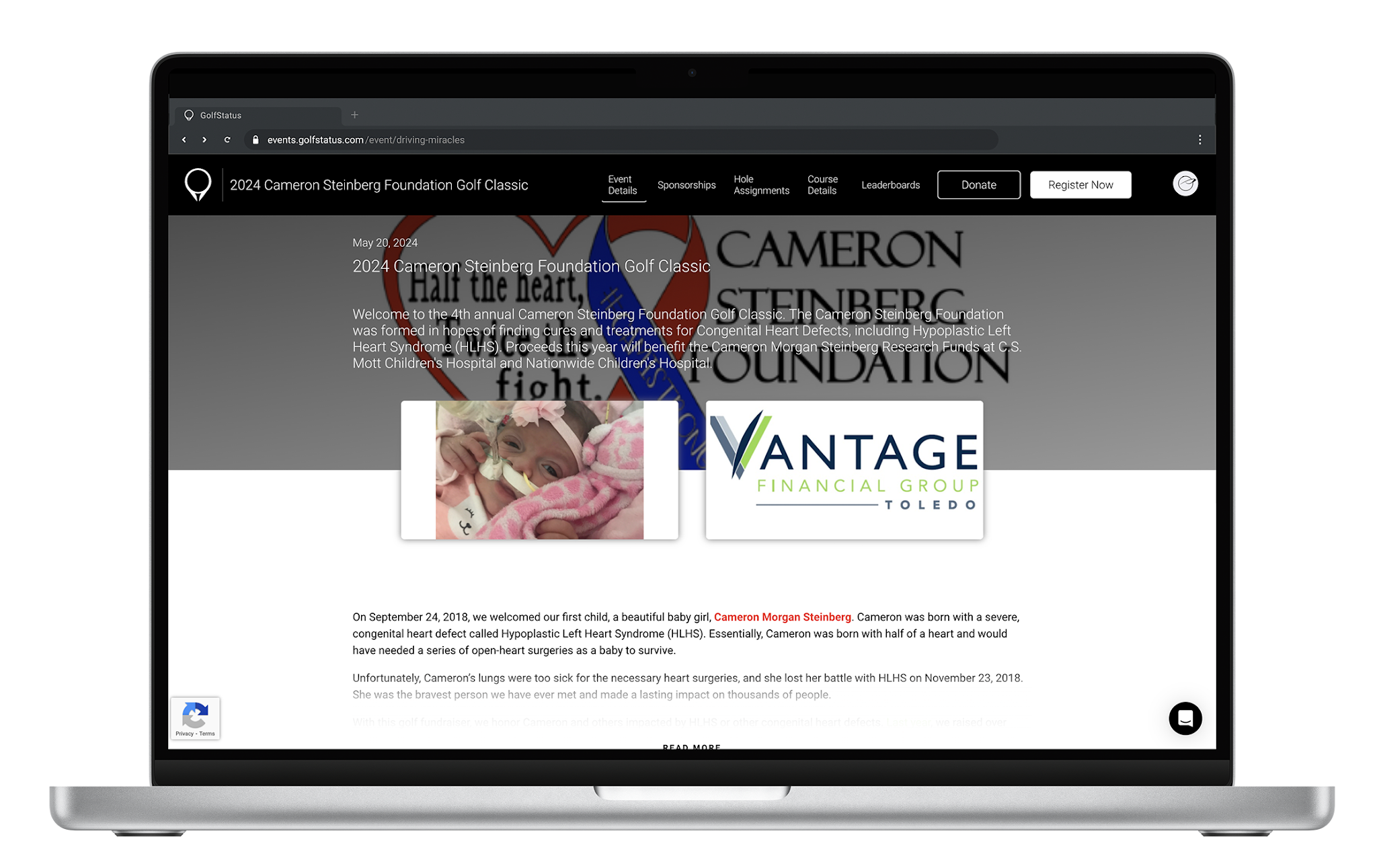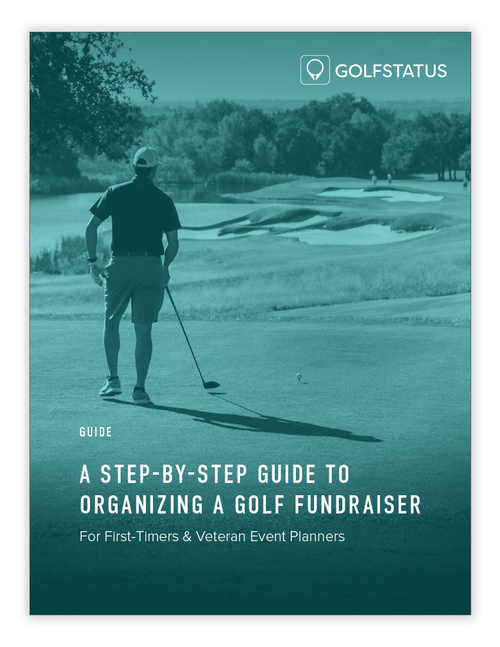No one knows the ins and outs of a golf tournament like a PGA Professional. These individuals bring a high level of expertise to all aspects of golf, including facility operations and management, customer service, finances, event management, and, of course, the game itself.
This Q&A blog series will share the collective wisdom and experience of the PGA Professionals on staff at GolfStatus—Cash Dinkel, PGA; Jason Meininger, PGA; and Paul Murcek, PGA—about topics relevant to charity golf tournaments. This installment will take a closer look at contests and how to work with the PGA Pro on staff at your event’s host golf facility to make them a success.
The PGA Professionals on staff at GolfStatus, from left: Paul Murcek, PGA; Cash Dinkel, PGA; Jason Meininger, PGA
Q: My planning team made the decision to have a hole-in-one contest at our upcoming tournament. What’s next?
Cash Dinkel, PGA: To start, list a Hole-In-One Contest Sponsorship. This covers the cost of the insurance and offers a unique sponsorship. I always recommend allowing the sponsor to set up a tent or table on the contest hole. Sponsors are looking for ways to interact with golfers and there’s no better way to do that than being on the course on the most exciting hole of the day. Once you list the sponsorship, work with your contest/insurance provider to get all the rules and details around the contest.
Q: How can the golf pro help us with the hole-in-one contest?
Jason Meininger, PGA: You’ll want to get in touch with the golf professional so they can help you determine which hole or holes you should use for the hole-in-one contest. This makes sure you have the proper distance requirements for the hole-in-one insurance.
Cash Dinkel, PGA: You should definitely loop the golf professional in so they know exactly what’s going to be happening the day of the event and help you choose the contest hole. You should go over the contest rules with them so they can help ensure the hole is set up within the insurance company’s guidelines (hole yardage, number of players, etc.). In the final days leading up to the event, the pro can help you double-check that the hole-in-one contest is set up correctly and ready to go.
Q: I’m interested in GolfStatus’ Bundle Hole-In-One Package. What are some ways you’ve seen tournaments effectively split up the contest holes?
Paul Murcek, PGA: The most common way I’ve seen it done is to split the contest into two holes, one on the front nine and one on the back nine, with $10,000 cash and a Dormie Network Stay and Play package as prizes.
Jason Meininger, PGA: I’ve worked with a few 27-hole events and facilities. They typically split it up over three holes, one on each of the three nines, with a $7,000 prize on each. That way no matter what nine holes are being played, every golfer has a chance at a hole-in-one contest.
Cash Dinkel, PGA: I see a lot of events that run two contest holes, with a $10,000 cash prize on each hole plus a Dormie Network membership. I’ve even seen it split over four holes, with $5,000 cash for each contest hole. That’s the cool part about that package, it gives the organizer a lot of flexibility.
Q: What does the golf pro usually take care of in terms of other contests, like longest drive or closest to the pin?
Jason Meininger, PGA: When I was the head pro at a golf course, I would primarily take care of making up and setting up the flag prizes and picking them up after the round (if the players didn’t bring them in). I would also provide the event organizer with a document listing the holes and each winner’s name.
Paul Murcek, PGA: Most golf pros will set out proxy markers or hole contest signs for the organizer. Some golf facilities that I’ve worked with build in prizes with pricing, such as prizes for flight winners of a free round at that course or a gift certificate to the pro shop. This removes the burden of finding prizes for the tournament winners from the organizers.
Cash Dinkel, PGA: Some courses will set everything up for you, provided you let them know the details about the contest, and let you know the winners’ names after the event is over. Some facilities might require you to select the holes, but they’ll still take care of putting out the proxy markers and provide you with the winner’s information. Very rarely will the organizer have to handle everything from selecting the hole, setting out proxies, and collecting them post-event.
A: What type of contest do you think has the most revenue potential and why?
Cash Dinkel, PGA: A hole-in-one contest for sure. If it’s sold as a sponsorship, the contest can generate a few thousand dollars of revenue even after the insurance premium has been paid. Most events I work with bring in around $1,500 in revenue from a hole-in-one contest sponsorship.
Jason Meininger, PGA: Other than hole-in-one, I’d say a putting contest. It’s fast, easy to run, and you can have every golfer putt at the same hole at the same time.
Paul Murcek, PGA: I think next to a hole-in-one contest, a closest to the pin contest on a par three or a hit the green on a par three. In my experience, people are generally willing to pay the money to move their ball up a few yards.
Ask the Pros!
Have a question for our PGA Professionals? Email it to [email protected] with “PGA Pro Question” in the subject line and it might make a future blog post or be answered on an upcoming GolfStatus webinar!
Ready to get started with no-cost golf event management tech? Nonprofits can qualify to use GolfStatus—with an event website, online registration, communication tools, premium digital sponsor exposure, revenue-boosting add-ons, and more, plus access to GolfStatus’ in-house client success team (including knowledgeable PGA Professionals)—all at no upfront cost through our Golf for Good program. Click the button to find out more and get qualified!

































































